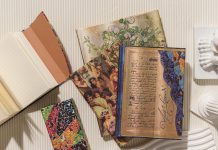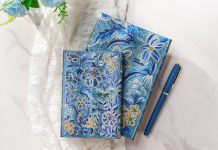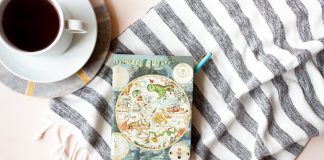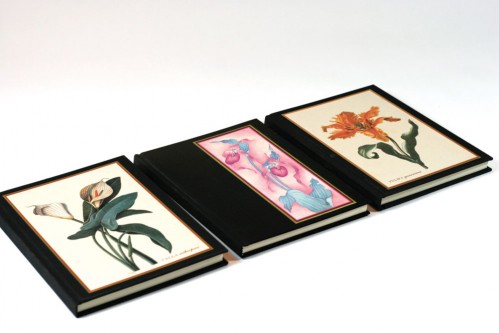
One of our very first Paperblanks journal collections featured 19th-century botanical illustrations on the covers. Ever since then, we have been in love with the idea of combining the splendour of nature with journalling, and what better way to do that than by putting the beauty of the outdoors directly on a journal page?
A herbarium is a collection of plant specimens and data preserved for scientific study. You don’t need an entire greenhouse or laboratory to build your own, either. A blank journal can be the perfect vessel for collecting and pressing leaves, flowers and other types of flora.
Creating your own herbarium (or “herbaria” if you want more than one) is as simple as selecting a journal and getting your nature on! Whether you live in a place surrounded by forests and gardens, or if you will be collecting your specimens while travelling, you only need a few tools in order to preserve them for posterity.
The Tools
- A journal large enough to hold your specimens (a photo album works well, too)
- An adhesive (preferably a laminated sheet to be applied over top of the plants)
- Leaves, flowers, petals, stems – whatever inspires you (see below for some restrictions)
- Clean paper and newspaper
- A heavy, flat object
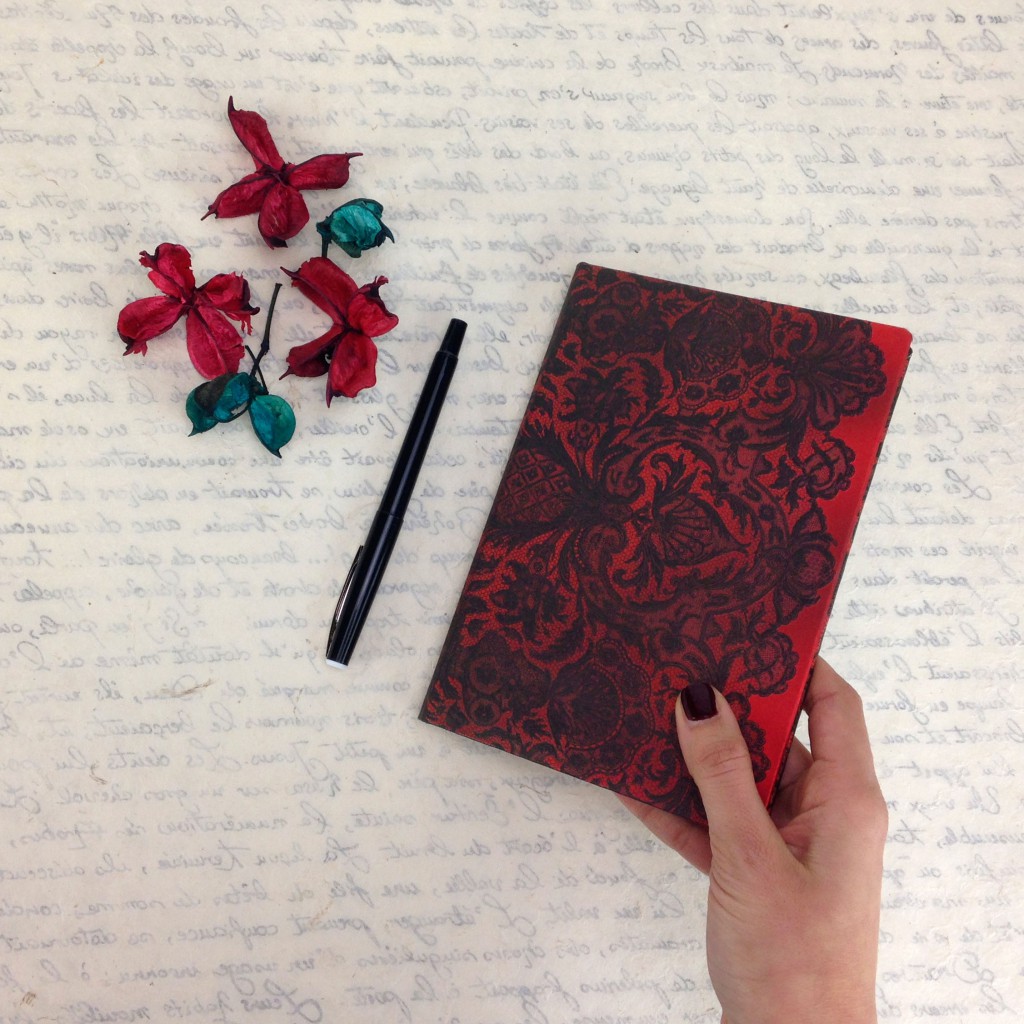
The Basics
- Before beginning, be sure to familiarise yourself with the local plant life to make sure you don’t accidentally pluck a poisonous or endangered species
- Make sure your plants have been fully dried before adding them to your herbarium – do this by placing them between two clean pieces of paper, and then sandwiching this between two sheets of newsprint and then placing heavy rocks, plywood or a stack of books gently on top
- Wait at least a week to be sure the moisture is completely gone
- Adhere the plants to your journal and add a label to indicate what species they are, as well as where and when you found them
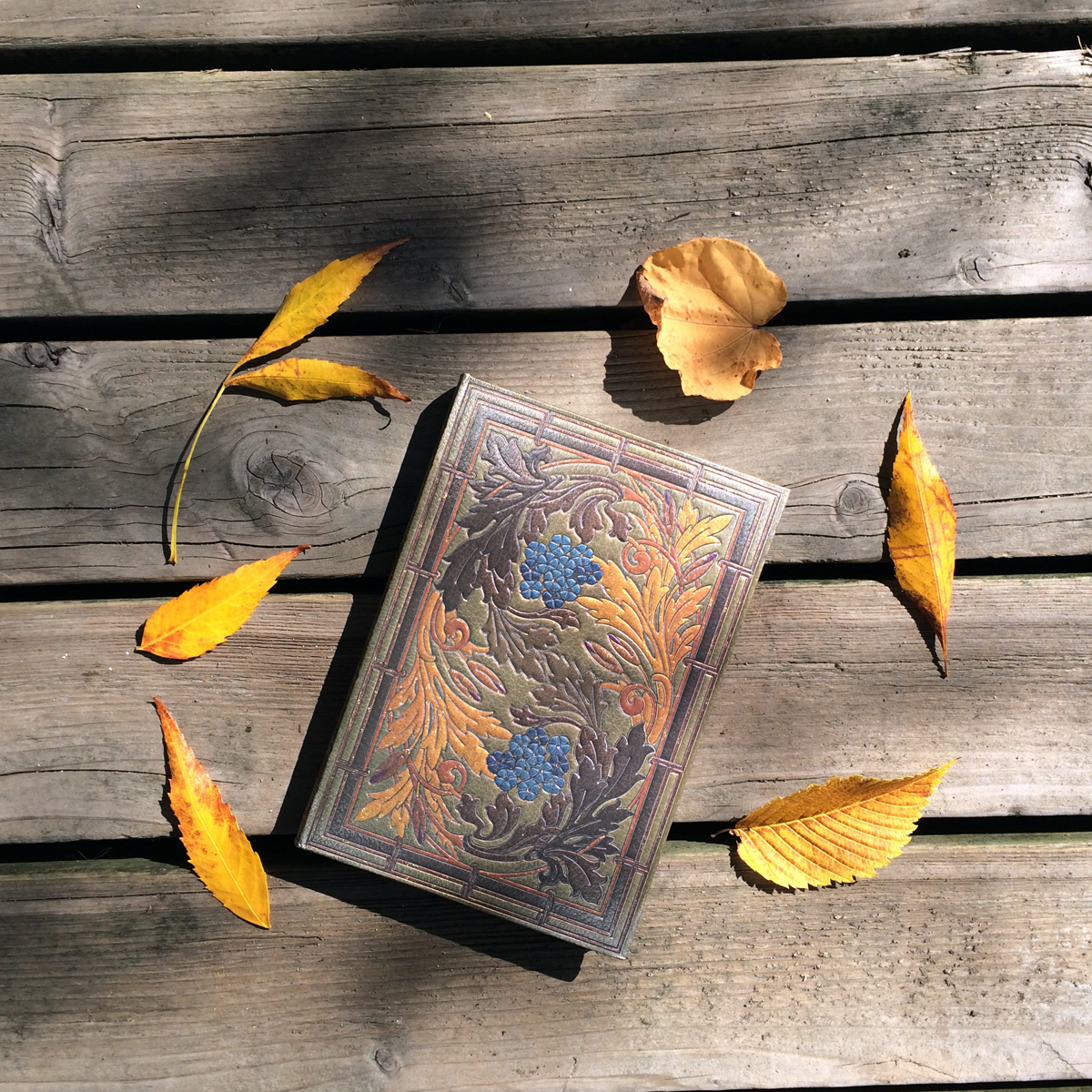
The Next Level
Once you’ve mastered the basic “press and forget” method you can take your herbarium to the next level. Similar to scrapbooking, you can mix media by adding things like photographs, catchy headlines or even seed packets to your journal. You can also enhance the scientific aspect and add a label using some (or all) of the following information:
- Scientific name (family, genus and species)
- Vernacular name(s)
- Collector’s name and specimen number
- Date of collection
- Locality
- Habitat
- Habit (perennial, annual, how it grows)
- Characteristics
- Medicinal uses (if any)
- Colour and aroma
- Surface hairs
- Stem structure
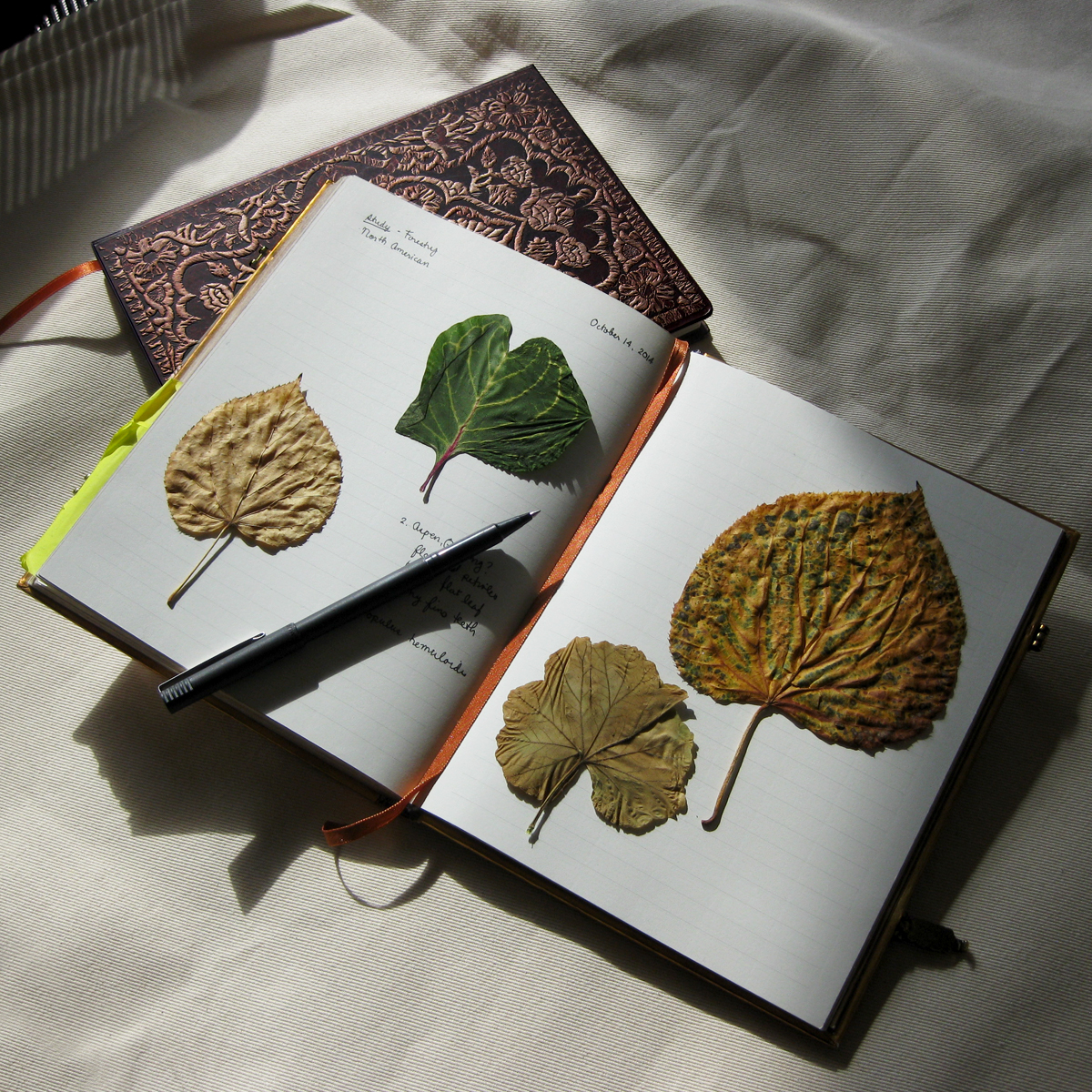
About Paperblanks®: At Paperblanks, we believe that art should have a place in all aspects of life. That’s why we follow the artist’s way in everything we do – creating, crafting and releasing designs we believe have the power to touch people. For more about Paperblanks, go to our website at paperblanks.com.



